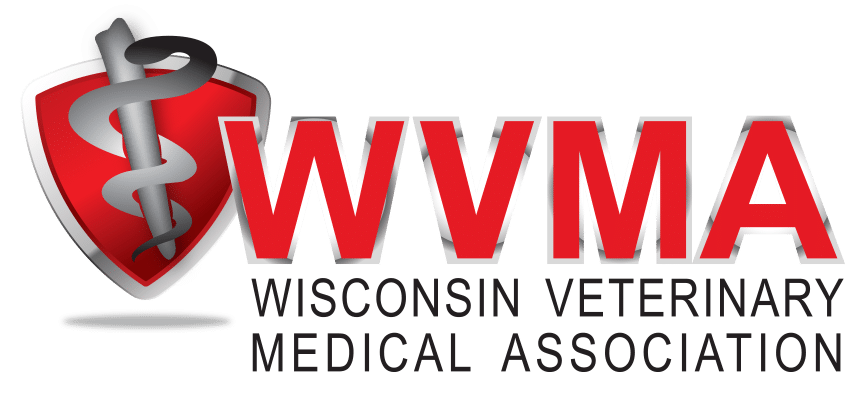Veterinary Medical School: University of Wisconsin School of Veterinary MedicineMueller for web
Graduation Year: 2006
What is your background?
I am a Milwaukee native and have been practicing veterinary medicine in the Milwaukee area for the last 11 years. I attended the University of Wisconsin-Madison for my undergraduate studies (zoology/conservation studies), and continued on in Madison to receive my veterinary degree. While in school, I worked on campus in the dairy research barn and in the field with black bears in northern Wisconsin. After receiving my doctorate, I moved to the east coast to complete an internship in wildlife and conservation medicine at the Tufts Cummings School of Veterinary Medicine. In addition to the expected wildlife caseload, I cared for the local zoo’s collection and shadowed in the exotics department.
My internship and early veterinary work experiences made me uniquely suited for… something different. I returned to the Milwaukee area to hone my private practice skills in small animal and exotic pet medicine and surgery. I concurrently consulted with local wildlife rehabilitation organizations, often long into the night and through the weekends, once my canine and feline patients were discharged.
Last month, I joined a unique and growing community practice in Shorewood, Wis. Dr. Noah’s Ark Veterinary Clinic is a grueling five minute commute (walk) from my front door. I am practicing the kind of medicine of which I can be proud, in an environment that’s healing for more than just animals. The long line of compassionate and supportive mentors with whom I’ve shared surgical suites, dental tables and consult calls have helped me become the competent veterinarian I am – ready to see a sick cat, Golden Retriever, parrot, snake, sled dog, owl, salamander or bear, depending on what the day calls for.
How do you value your WVMA membership?
It’s easy to feel isolated by the chaos of every day life. Patients, clients, coworkers and family members all need our attention. The WVMA alerts me to the emerging challenges faced by my profession at large, be it details on recent disease outbreaks, upcoming educational opportunities, or the need for political activism when our ability to provide high quality patient care is threatened. The WVMA is a supportive resource when I find myself in unfamiliar professional territory, and for that they have my gratitude.
What has been the most memorable part of your veterinary career?
I am the consulting veterinarian for the Wildlife in Need Center in Oconomowoc. We have fixed countless broken raptor wings and gone on to release these birds back into the wild so they can silently and efficiently hunt prey again. We have repaired fractured turtle shells to get their mobile homes up to par again so they are protected against predators. We have removed shots and hooks from waterfowl, treated severe lead toxicosis in bald eagles, reconstructed a fox’s forelimb after a near complete degloving injury, investigated disease outbreaks, and so on. I love crafting innovative solutions to provide care in a minimally stressful manner to wild patients – I think long and hard about what we should do in treating these patients, not just what I can do. These wildlife cases stand out as incredibly memorable and rewarding because we’re not only easing the suffering of the individual, but we are ensuring a healthier local ecosystem by reintroducing these animals back into their home territories to hunt, breed and thrive.
What is your advice for current veterinary students?
Seek out any opportunity to explore the many facets of veterinary medicine. You never know what niche will feel like home!
What outreach for veterinary medicine have you done?
For the last eight years, I have been making the trek up to Michigan’s Upper Peninsula each February to volunteer as a trail veterinarian for the UP200 dog sled race. This is an approximately 200 mile “sprint” race that can be used by mushers to qualify for the Iditarod. During pre-race checks and trail checkpoint exams, I care for these incredible canine athletes. As a member of the veterinary team, one my key roles is to educate the mushers and handlers on how to prevent illness and injury on the trail. We also discuss what signs may indicate a problem is developing; most mushers are so in tune with their dogs, that they identify issues very early. Spectators that come to the UP for the event often have questions as well, and I enjoy representing our field when chatting with these interested individuals.
Many of the sled dog injuries and medical conditions are rarely seen in small animal private practice (e.g. exertional rhabdomyolysis), and we treat these conditions in a no-frills setting- picture dogs getting IV fluids in a snowmobile garage or church basement, with vets and vet techs curled up in sleeping bags next to them. We’re lucky to get a few hours of rest throughout the weekend-long race, but you never hear complaining. I return home each year exhausted but somehow also exhilarated, with a new set of veterinary lessons learned.
